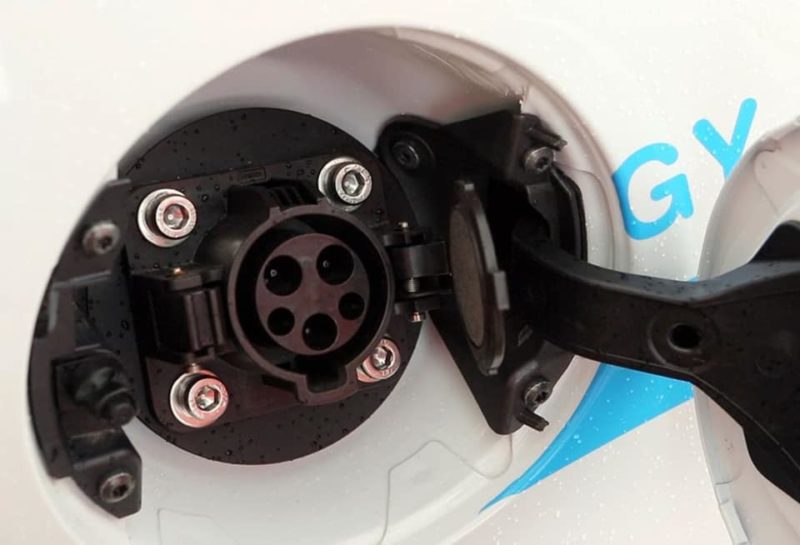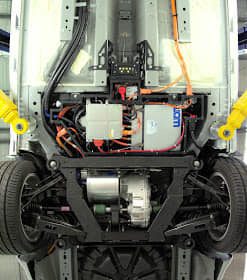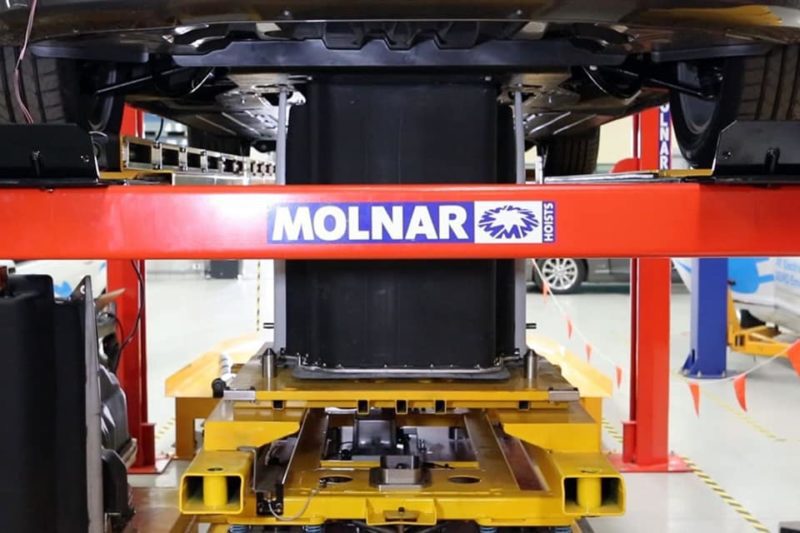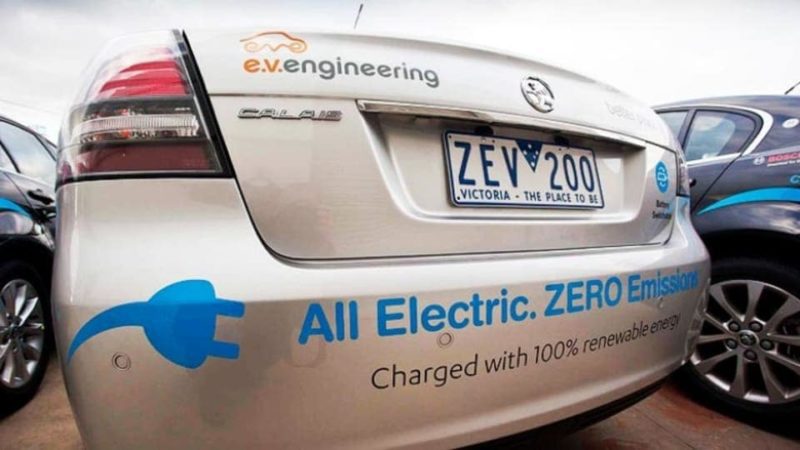Did you know there was an all electric VE Commdore? Neither did I.
In 2012 ‘EV Engineering’ developed an all electric version of the VE Commodore on behalf of Holden. The plan was to develop and test the technology and possibly shift it to market if response was good, the cars held up to general abuse and proved to be a viable business proposition.
Holden originally wanted to try and put it on sale for about $50,000. $10,000 less than the imported plug-in hybrid Holden Volt sold at the time.

Seven V6 powered Holden Calais (five sedans and two wagons) were dumped of all their oily bits and a 30 kWh lithium-ion battery pack was put in its place. A 30kWh battery isn’t huge by modern standards but it was 6 kWh larger than the Nissan Leaf at the time and 14kWh bigger then the Mitsubishi i-Miev that were both on sale at that time.
The aforementioned lithium-ion batteries were hooked up to an electric motor located between the rear wheels that made 145 kW (194 HP) and 400 NM (295 lb-ft) of torque.

Holden wanted to get as near as possible to the V6’s 8.8 second 0-100 kph time to even consider it a proposition for full scale production. They not only achieved that goal but exceeded it. The all electric Commodore managed to hit 100 kph in 8.5 seconds. Top speed was limited to 138 kph (86 mph).
The EV Commodore even pioneered some technical innovation. The Commodore had what people have been asking for ages from electric cars, swappable batteries. The batteries could be lowered out from the bottom of the car and swapped over for pre-charged batteries eliminating long charging times.
The whole process only takes 5 minutes. You can still opt to charge the batteries the traditional way but they would take 8 hours. Range of the Commodore was about average for the time period. It could manage about 160 km (99 miles) on a charge.
It got exceptionally close to production. To the point where it reached fleet duties for select businesses. However, it was not meant to be.

The main backer for the project was the company Better Place, which was behind the crucial battery swap out system. Unfortunately, they went bust in 2013 and Holden refused to lend the VF to the project and gave up on electrification entirely after the Volt struggled to get out of the showroom.
They thought that if a plug-in hybrid can’t sell, a pure electric won’t sell. And that was it, the test simply ended.
They always say hindsight is 20/20. Electric cars are becoming more viable and accepted in recent times. Could Holden have stuck around a few more years had development continued and mass production began? I guess we’ll never know.

Would you buy an electric Commodore in current times if development continued?
Fun Fact(s):
As a proof of concept 16 drivers drove the EV 24 hours and managed to achieve a distance of 1,886 km (1172 miles), giving evidence that an electric car can travel large distances without any complications. The battery was changed over every 120 km meaning that it would have been swapped out about 15 times.
Where are they now? Well, I believe Melbourne University has two and are doing tests on how an EV degrades with age but for the other five or so, no idea. Hopefully they didn’t end up like other failed electric cars from General Motors (crushed).
Author: Jake Johns. Reprinted courtesy of the AUDM Australian Domestic Market Facebook page.
Note: If you know where the other electric Commodores are, please let us know at [email protected]

